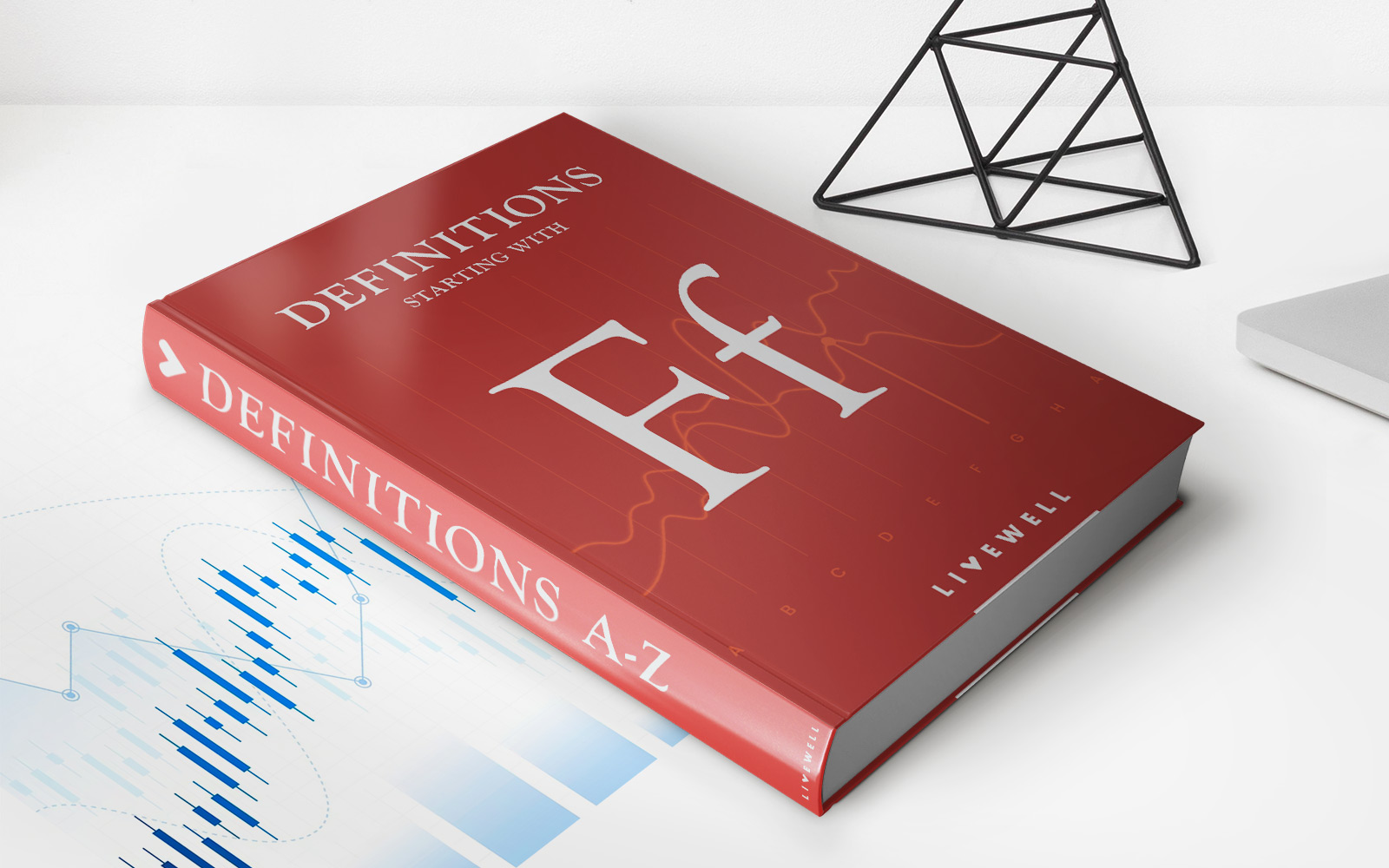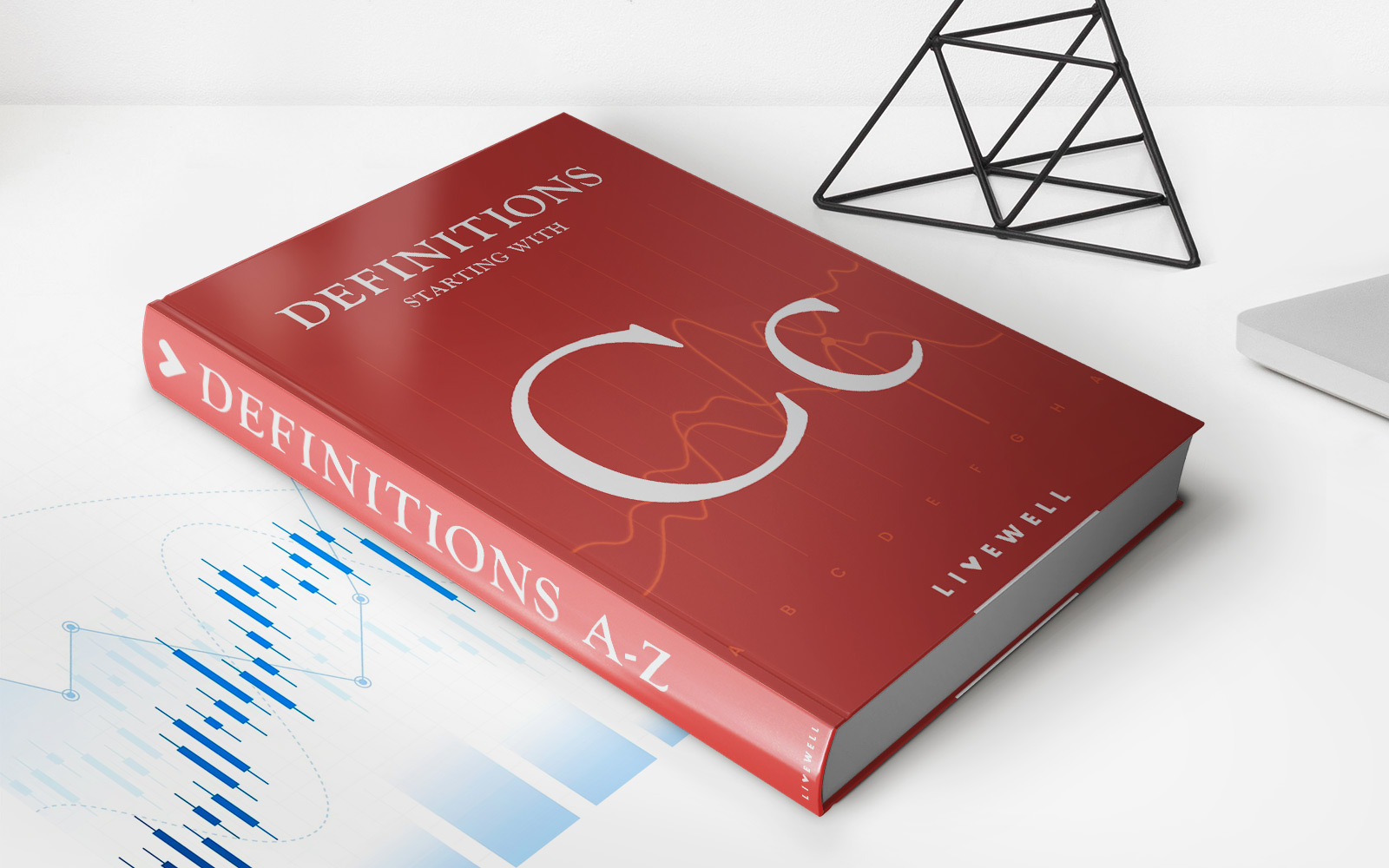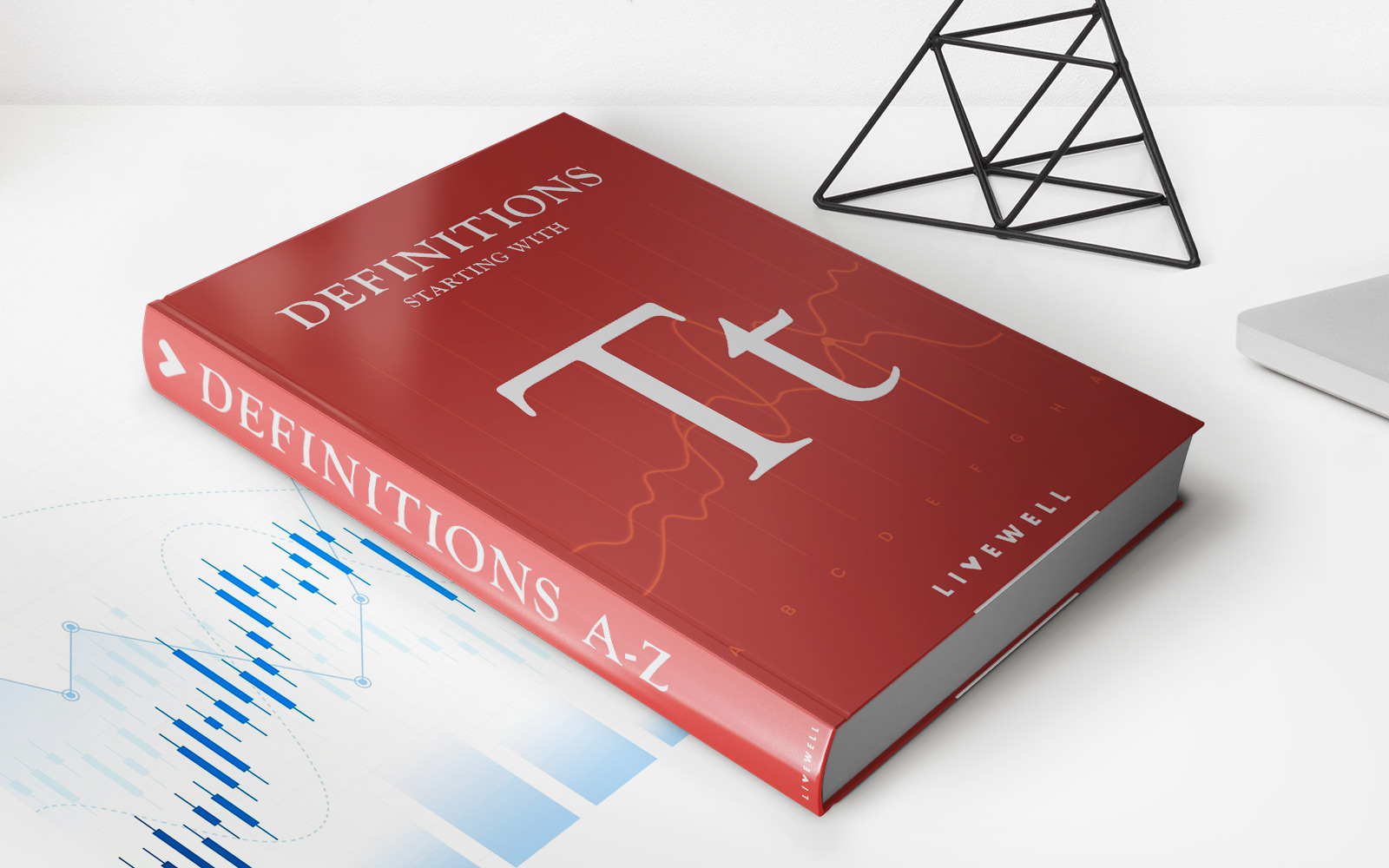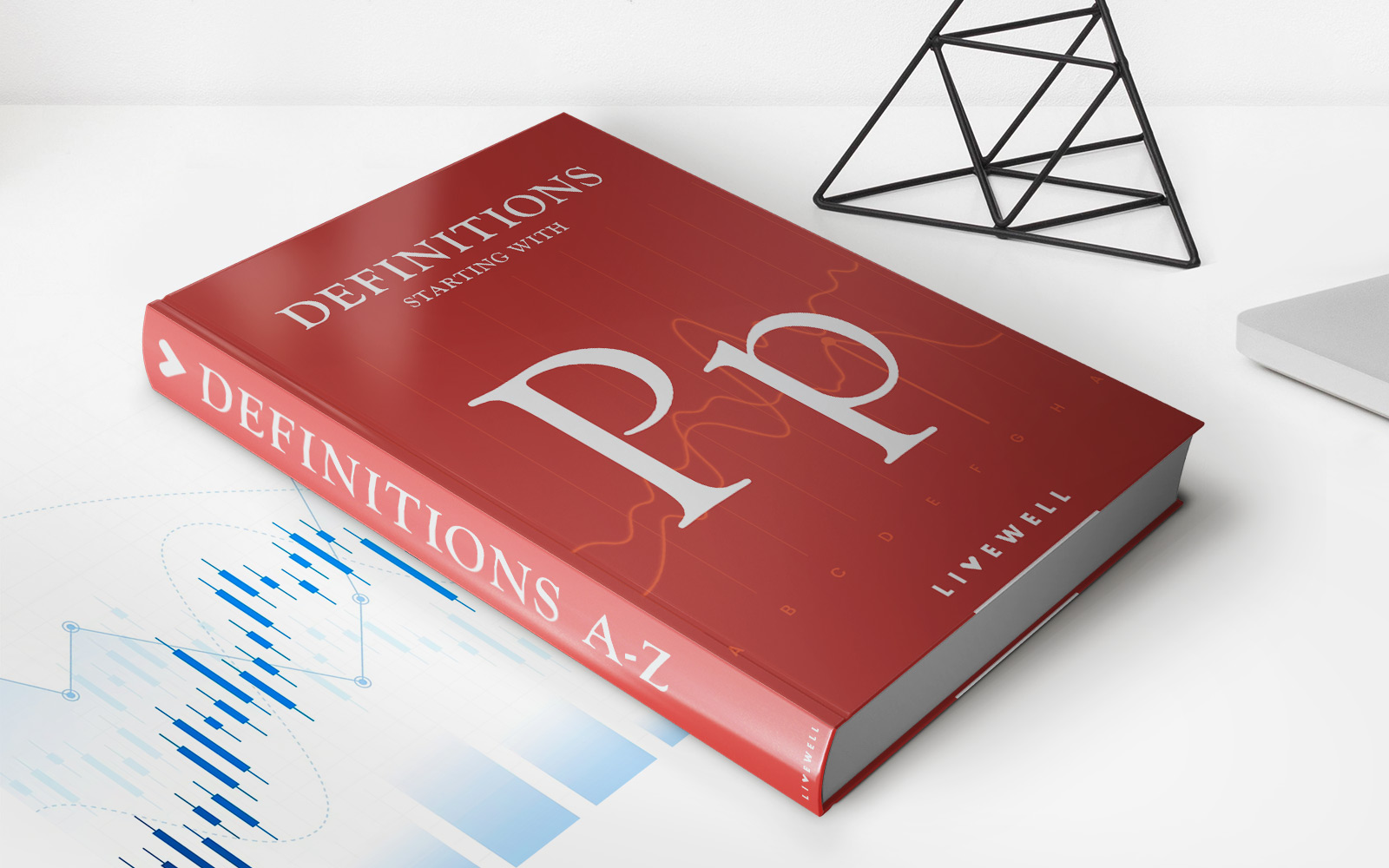Home>Finance>Foreign Transaction Fee: Definition, How It Works, And Example
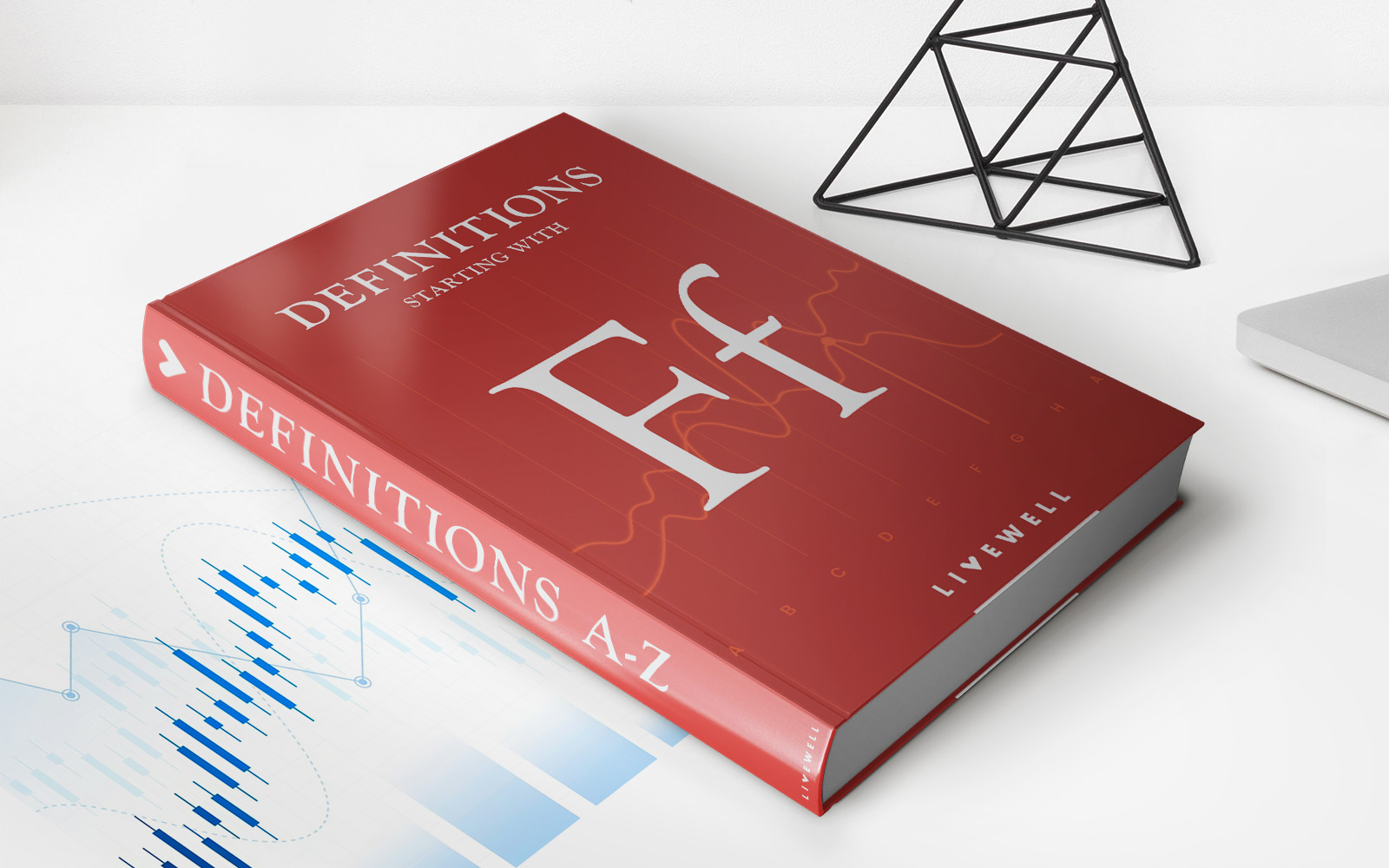

Finance
Foreign Transaction Fee: Definition, How It Works, And Example
Published: November 26, 2023
Learn about foreign transaction fees in finance. Discover the definition, working mechanism, and get an example.
(Many of the links in this article redirect to a specific reviewed product. Your purchase of these products through affiliate links helps to generate commission for LiveWell, at no extra cost. Learn more)
Foreign Transaction Fee: Definition, How It Works, and Example
If you’re planning to travel abroad or make international purchases, understanding foreign transaction fees is essential. Whether you’re using a credit card or making a bank transfer, these fees can quickly add up, impacting your overall financial strategy. In this blog post, we’ll dive into the definition of foreign transaction fees, discuss how they work, and provide a helpful example to illustrate their impact on your finances.
Key Takeaways:
- Foreign transaction fees are charges imposed by credit card issuers or banks when transactions are made in a foreign currency or involve a foreign entity.
- These fees typically range from 1-3% of the transaction amount and can be higher depending on the financial institution.
Now, let’s delve into the details of foreign transaction fees. When you make a purchase or a cash withdrawal in a foreign currency, your credit card issuer or bank may charge you a fee for converting the currency. These fees are commonly known as foreign transaction fees, and they are intended to cover the costs associated with currency conversion and processing international transactions.
Foreign transaction fees are usually a percentage of the transaction amount, typically ranging between 1-3%. While they may seem negligible at first, they can quickly accumulate, especially if you frequently engage in international transactions or travel abroad. Let’s take a closer look at how these fees work.
When you use your credit card for a foreign transaction, the amount is initially converted from the foreign currency to your own currency by the credit card company or bank. They utilize exchange rates to determine the amount in your currency, and then apply the foreign transaction fee, usually expressed as a percentage of the converted amount. This final total, including the fee, is what you’ll see on your credit card bill or bank statement.
For example, let’s say you purchase a souvenir worth $100 from a vendor in a foreign country, and your credit card charges a 2% foreign transaction fee. The credit card issuer will convert the $100 into your home currency at the prevailing exchange rate. If the exchange rate is 1 USD = 0.85 EUR, the converted amount would be approximately 85 EUR. They would then apply the 2% foreign transaction fee, resulting in an additional charge of 1.70 EUR. Therefore, your total transaction amount would be approximately 86.70 EUR.
Paying foreign transaction fees can be a significant expense, especially for frequent travelers or individuals engaged in international business. However, there are ways to minimize or avoid these fees. Here are a few strategies:
- Use a credit card with no foreign transaction fees: Many credit cards now offer this perk, making it worthwhile to explore your options before traveling or making international purchases.
- Consider using a debit card or prepaid travel card: These cards are specifically designed for foreign transactions and may offer lower fees or more favorable exchange rates.
- Opt for local currency: When abroad, some merchants may ask if you want to be charged in your home currency or the local currency. Always choose the local currency to avoid dynamic currency conversion fees imposed by the merchant.
By understanding how foreign transaction fees work and taking advantage of strategies to minimize them, you can save money and optimize your international transactions. Remember to consider these factors when planning your next trip or purchasing items from foreign retailers online to ensure you’re making the most financially savvy decisions.

